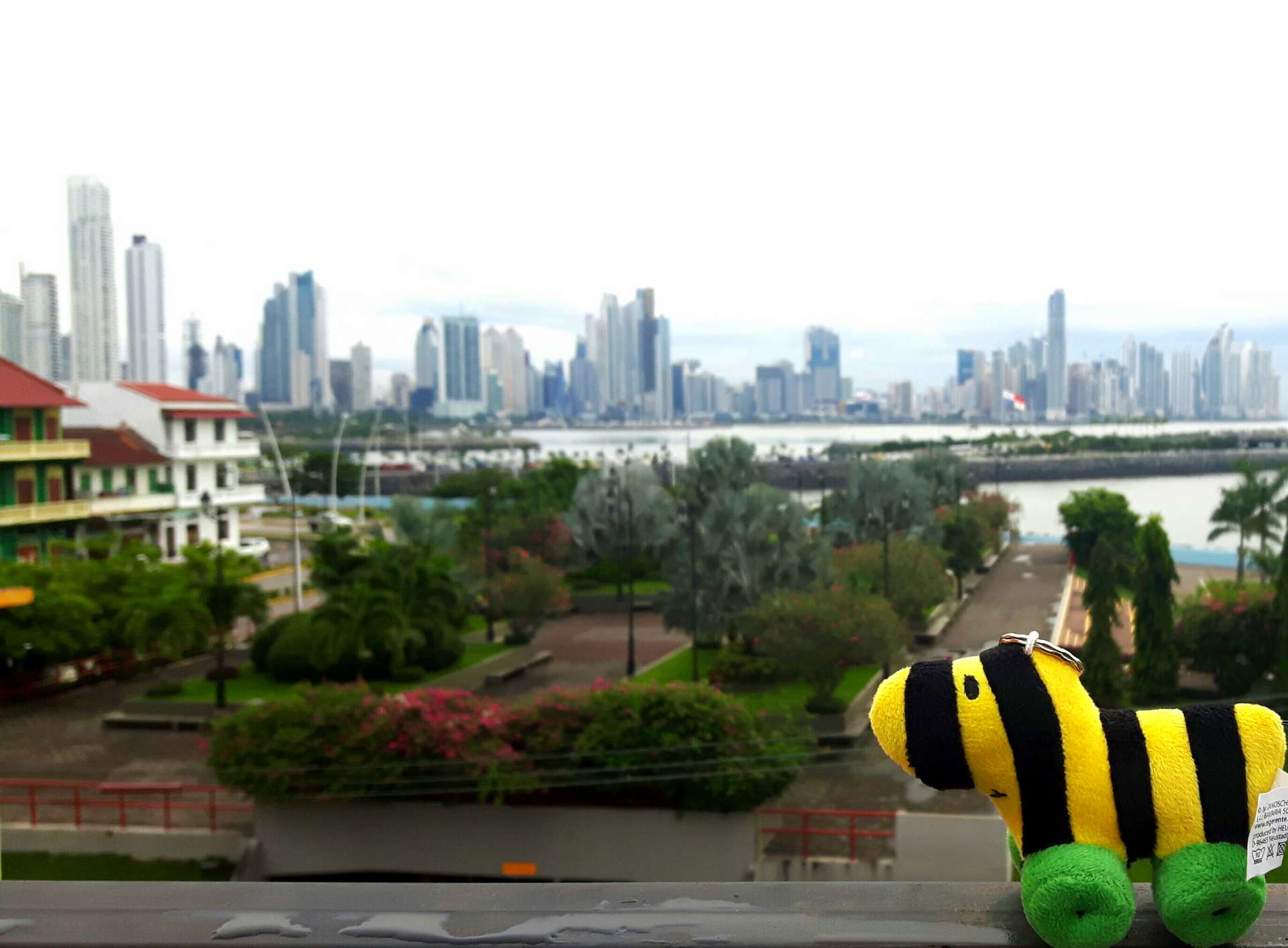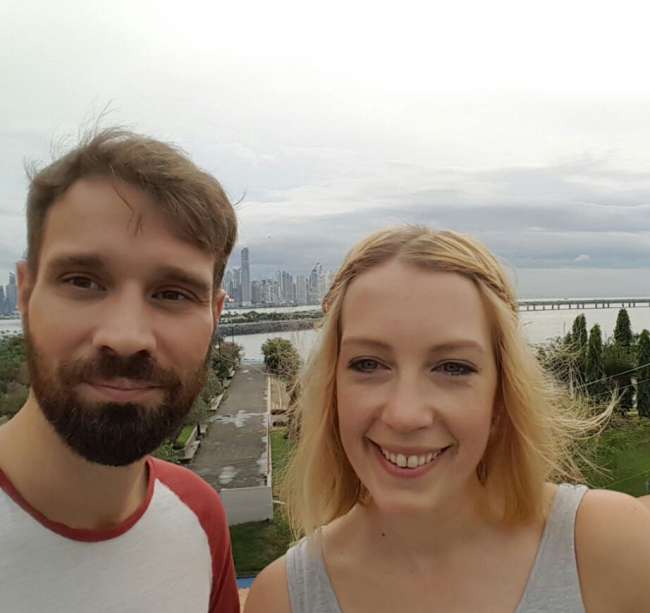Day 9 - Birthday in the coffee plantation 💓
Ebifulumiziddwa: 18.07.2017
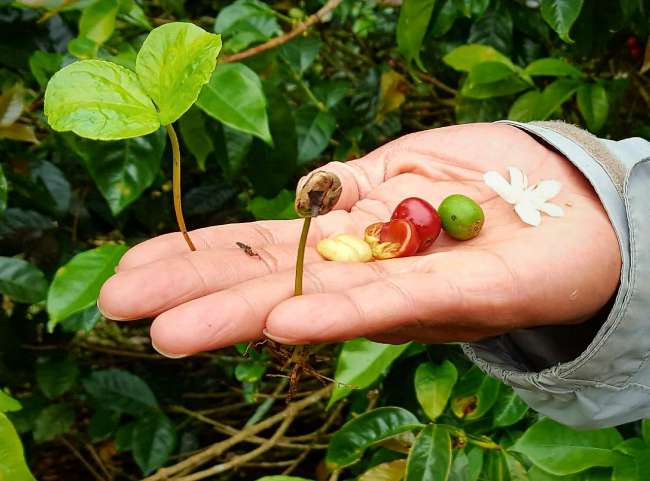
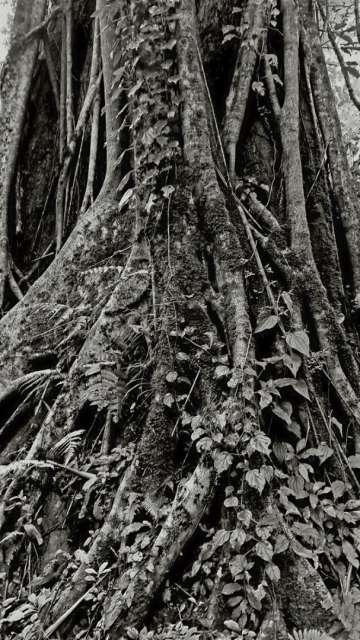
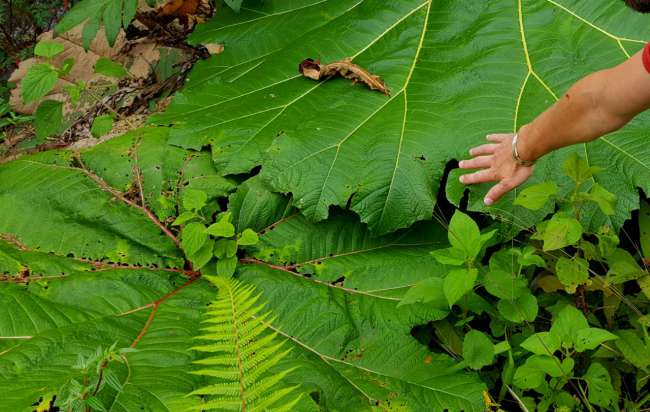
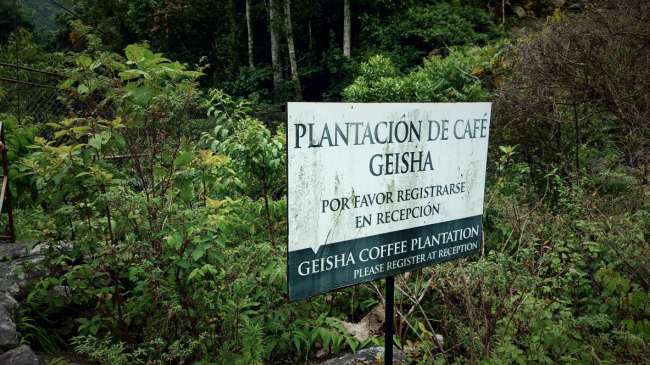
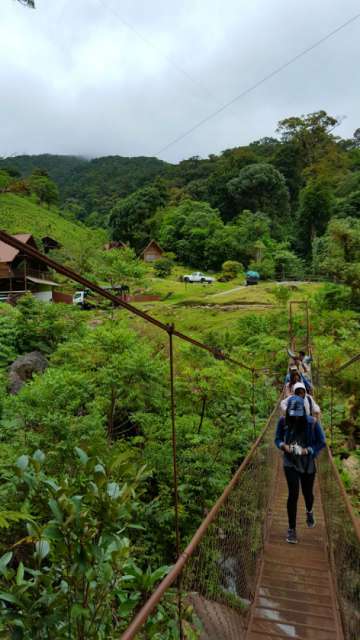
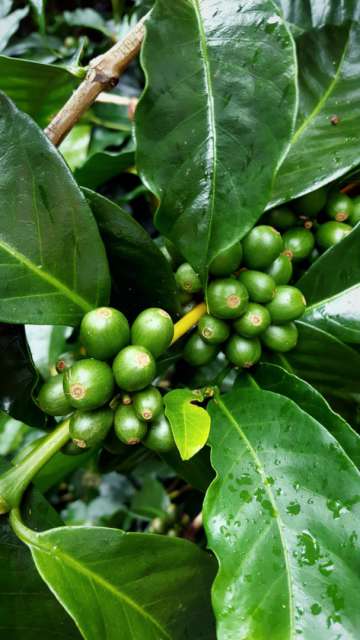
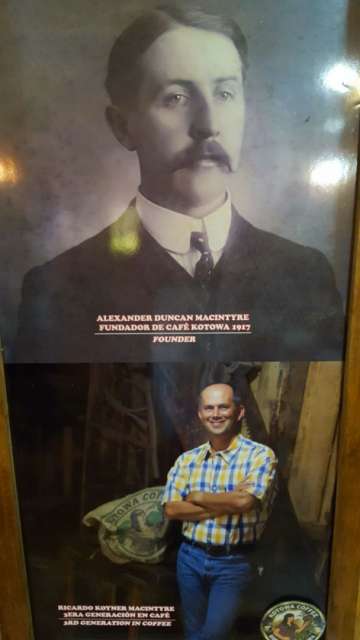
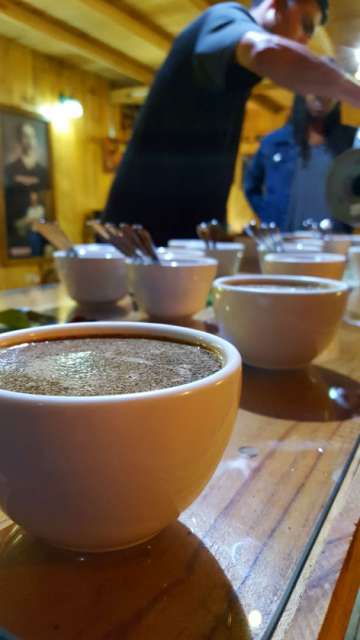
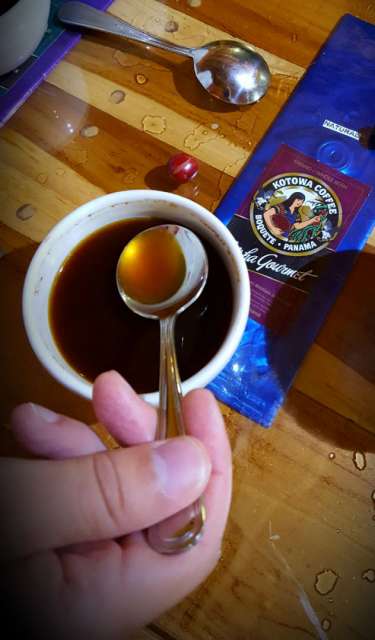
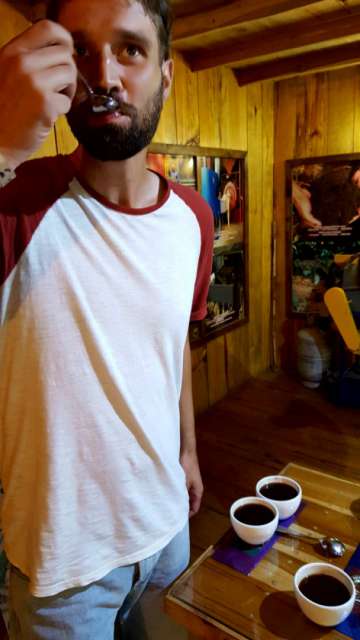
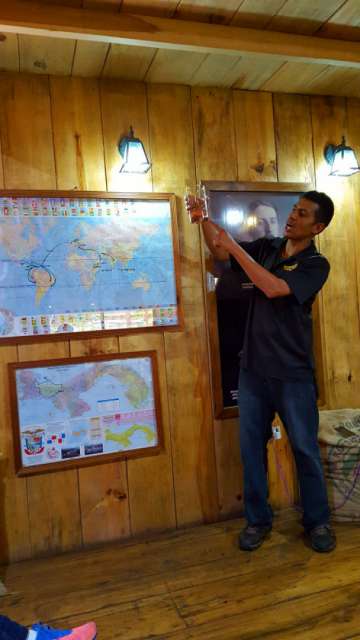
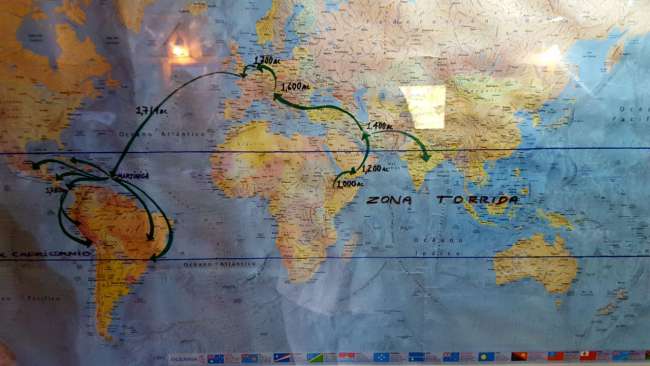
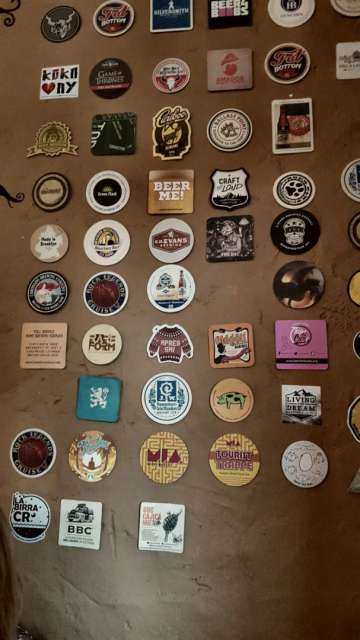
Wewandiise ku lupapula lw'amawulire
I need to start writing early today before I forget everything again!!
At 1pm (lazy birthday morning) we went on our tour to a local coffee plantation. We were taken up to 1500 meters in a kind of truck, bumpy narrow road, eventually not surprising anymore 😁.
It was wonderful there, nice climate (microclimate) and we were received very kindly. In our group were all kinds of people from the USA, Canada, Venezuela and Russia, all very nice.
First we went to the plantation (which was rather small and for demonstration purposes). In general, Panama is a very small coffee producer, which is partly due to so many areas and rainforests being under nature protection.
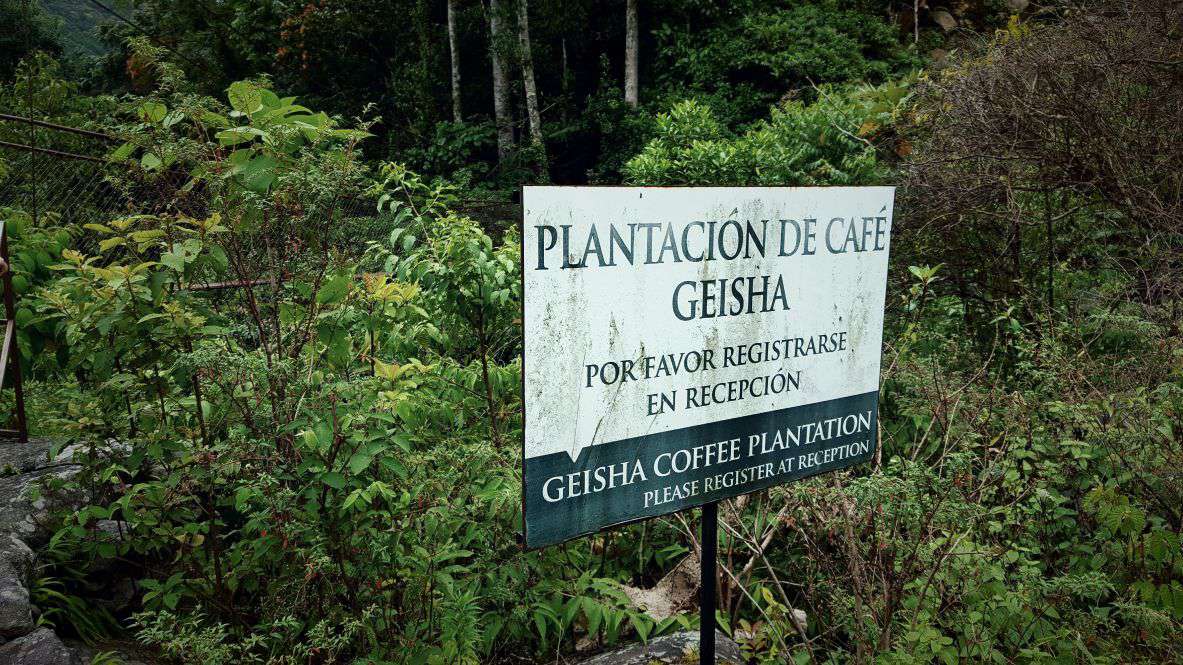
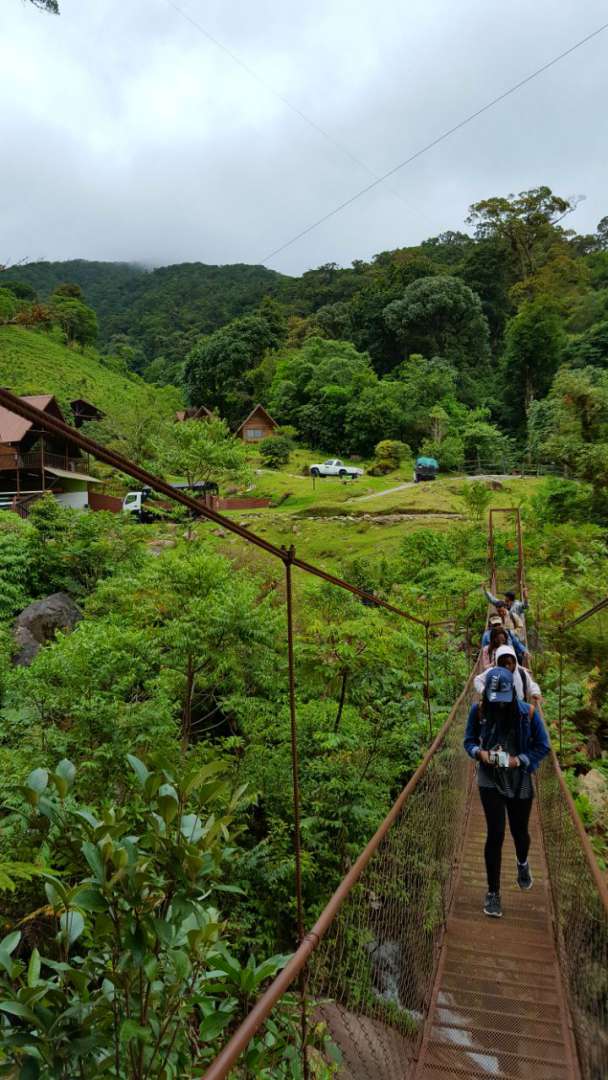
We learned a lot about Arabica coffee (the species, there are 20 varieties of it). A special variety that is grown here is Geisha coffee.
There are generally green varieties (Geisha verde or others, e.g. Caturra and Catuai, a crossbreed of different coffees). Then there is a brown Geisha variety (Geisha bronceada, more bitter substances, different processing...). In addition to many information about how to grow coffee, how the plant develops, and what the differences are between the individual varieties, we were able to admire the unique nature, such as giant trees (Ulmus mexicano) and a Guinness Book bush with incredibly huge leaves (the record was 4m tall).

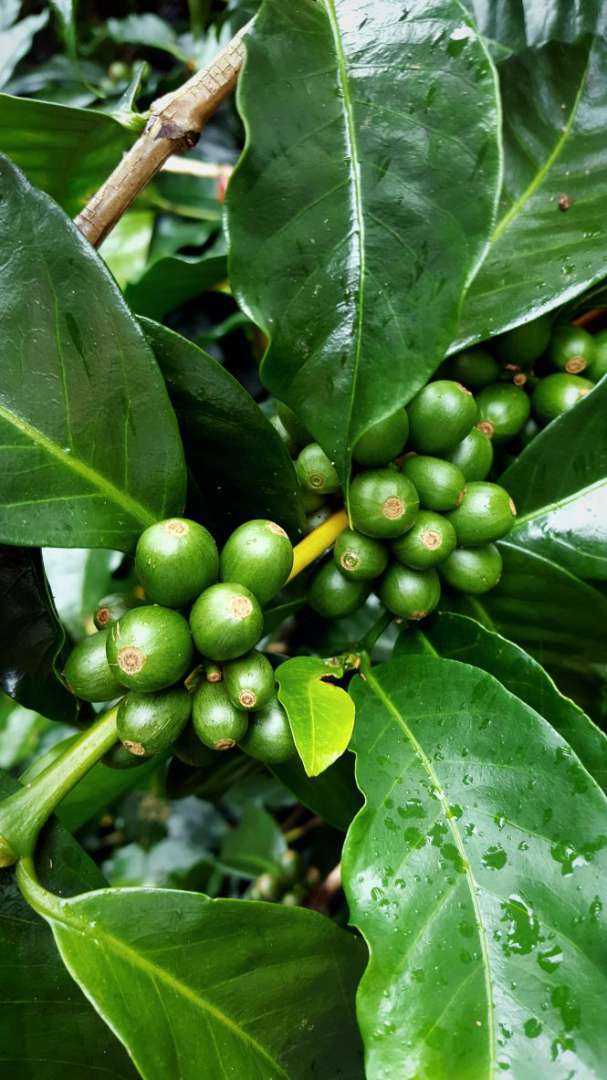
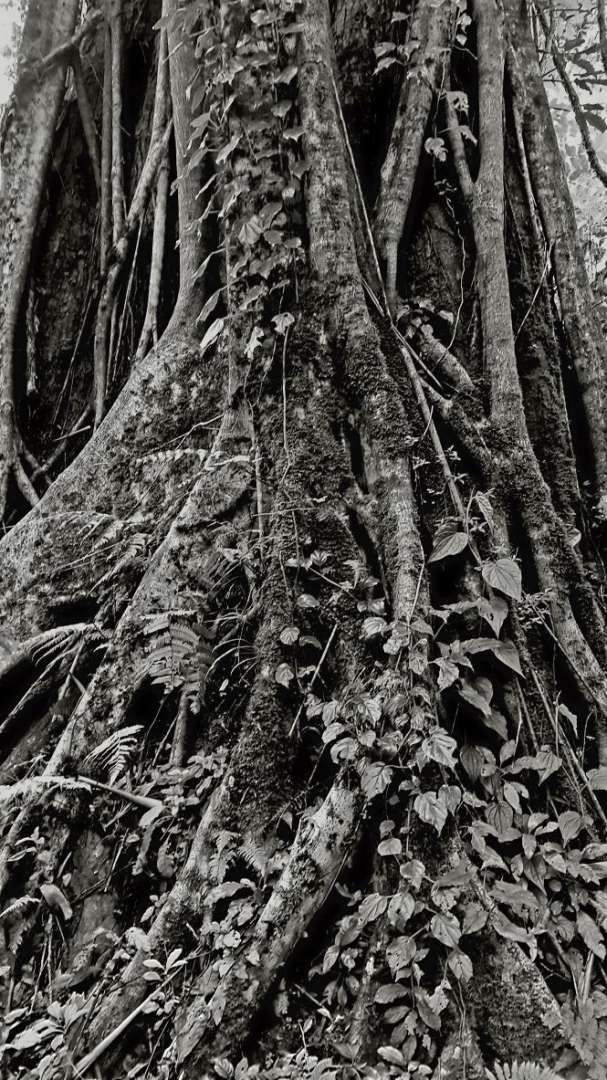
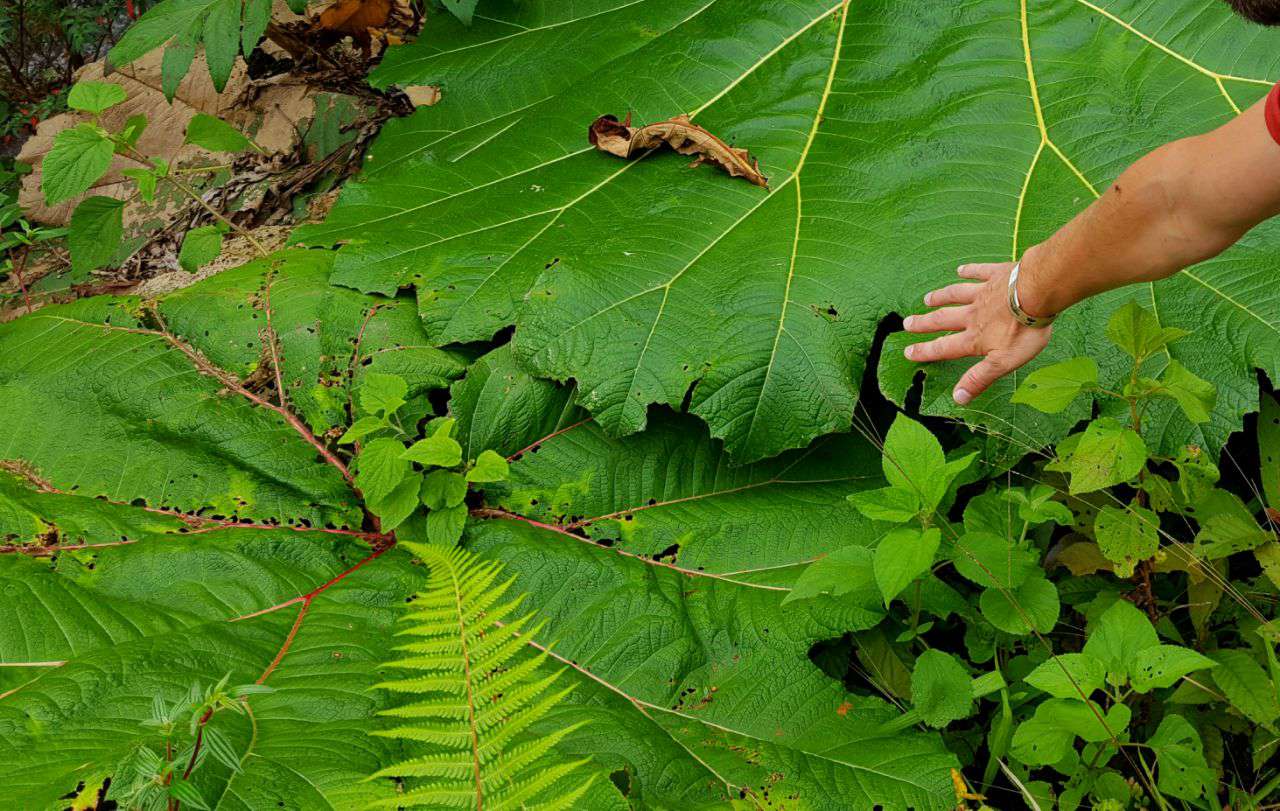
Afterward, we went to the coffee room.
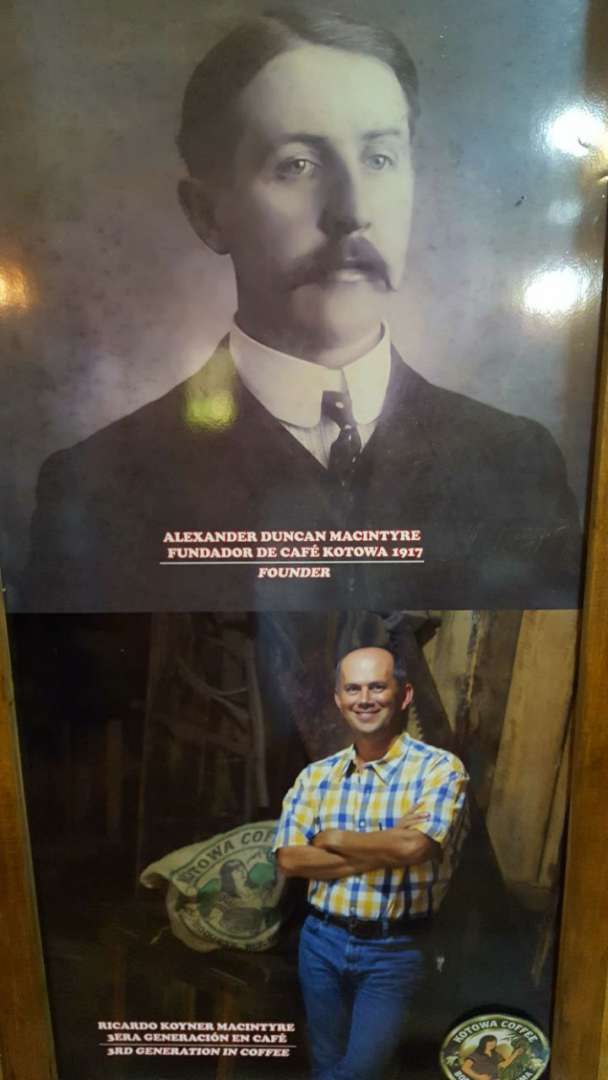
The different ways of processing coffee beans were explained to us there. No, actually coffee fruits (like cherries), they are only called beans after roasting, because of their shape. By the way, if you eat a seed from a cherry (usually there are 2 inside), it's like drinking 15 cups of coffee in terms of caffeine content 😨, he didn't recommend it to us...
Of course, we also tasted coffee. First the ground coffee (fragrance), then sniffed the brewed one (aroma), and then drank it (taste). Incredible, these differences. Caturra and Catuai have a quite high yield and taste like coffee (traditionally), depending on the roasting they can be different bitter or sour.
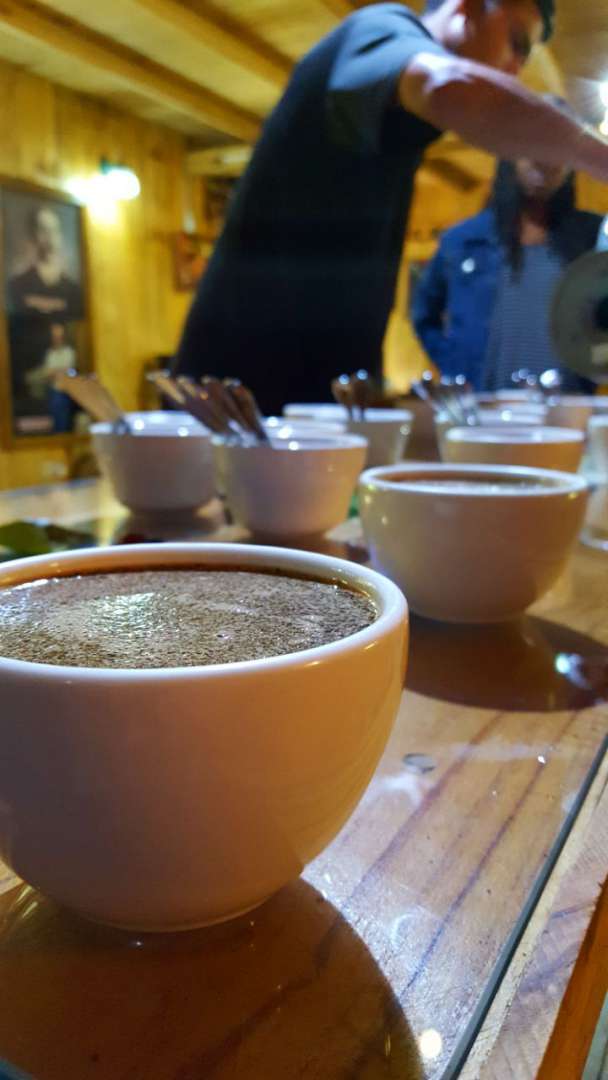
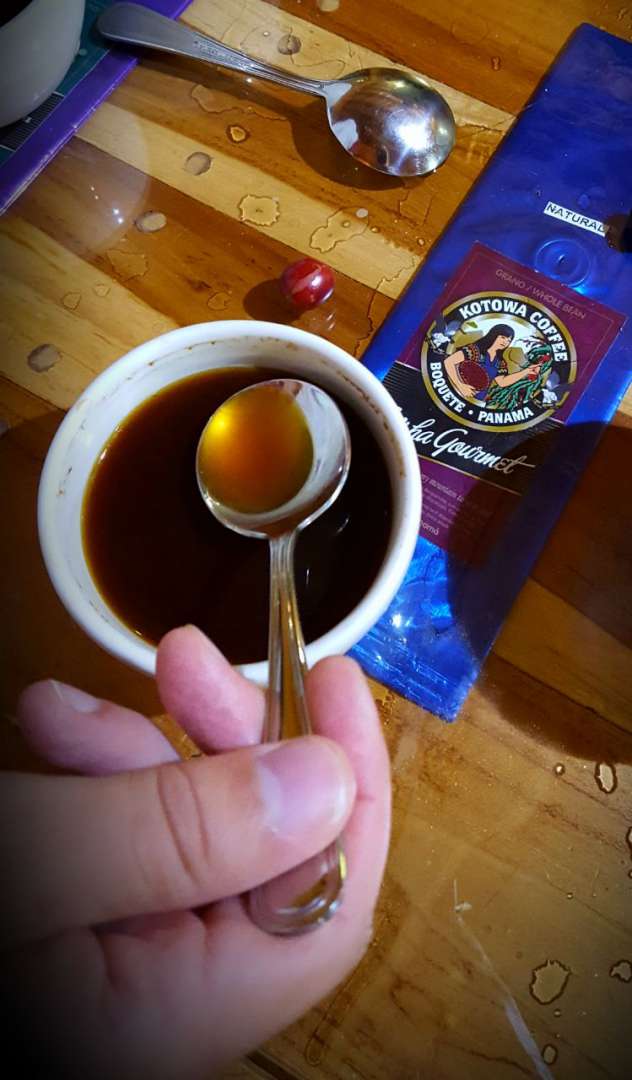
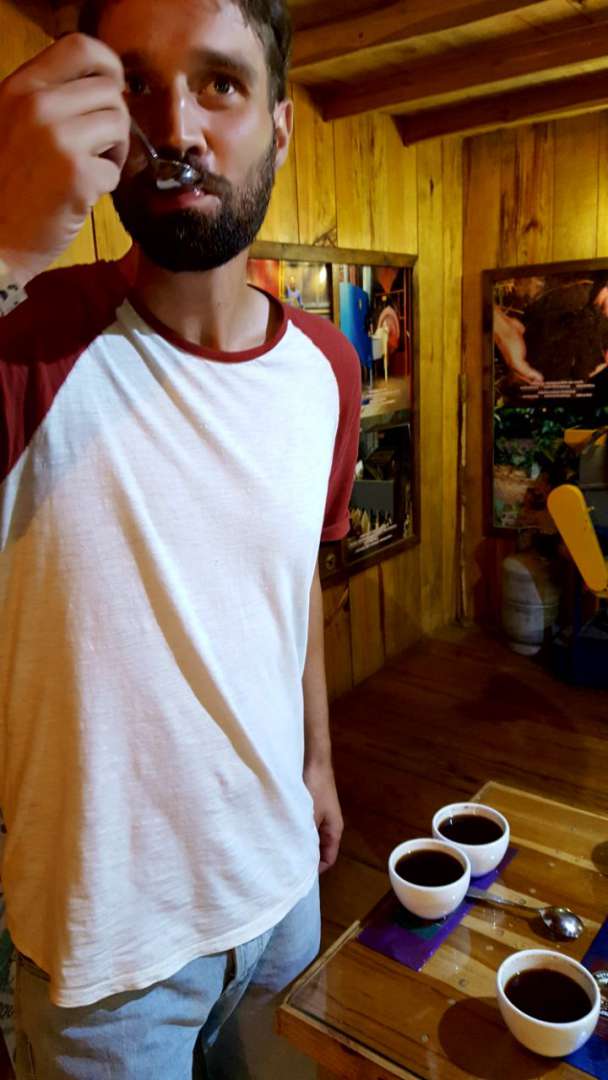
Geisha tastes incredible, somehow not like coffee. Geisha verde had traces of chocolate (the powder) or lemongrass (brewed), Geisha bronceada tastes like blackberry or blueberry. The less the coffee is roasted, the more aroma it has. Conversely, this means (and that's really true), if a coffee has little aroma or if something didn't work out in the ripening process, it has to be roasted very dark in order to still be able to sell it. So to all the "coffee must be roasted dark" people: unfortunately, it's usually muck that you're drinking 😂
Oh, a fun fact on the side. The quality of the fruits is checked by throwing them into a tank of water. The bad ones contain air and float to the top. They are then sent to Nescafe and become instant coffee, yummie.
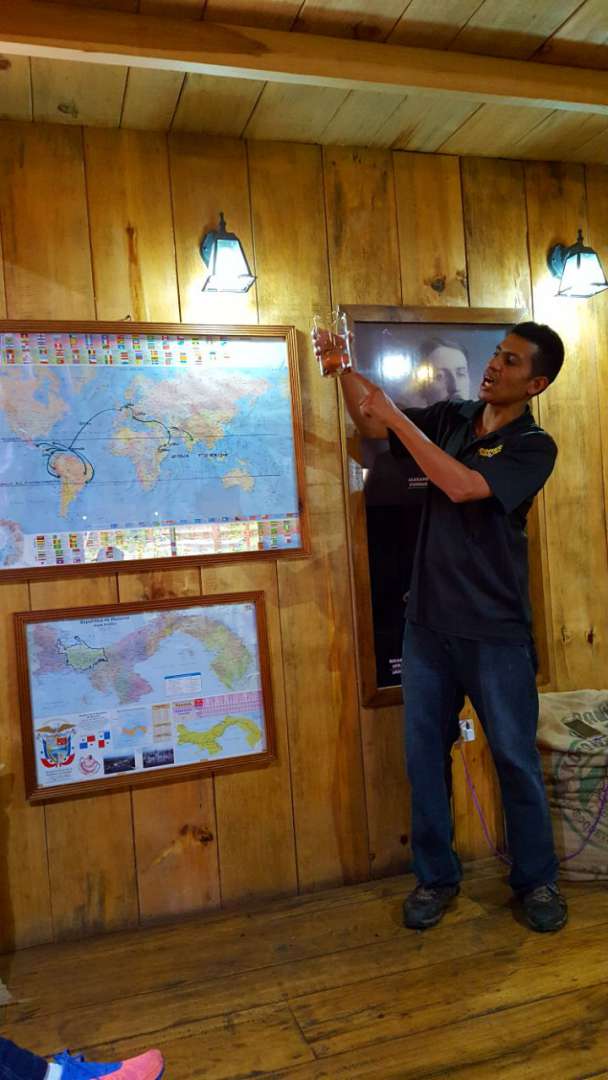
We also learned a lot about coffee consumption. For example, most of the coffee is delivered to the USA, not because they drink a lot of it, but because a lot of energy drinks are produced there. Germany is in 2nd or 3rd place. However, the highest per capita consumption (about 15 cups a day) is in...tatataaaaaa Iceland. Crazy, nobody knew that! Overall, all Scandinavians, the reason makes sense, it's just dark there a lot.
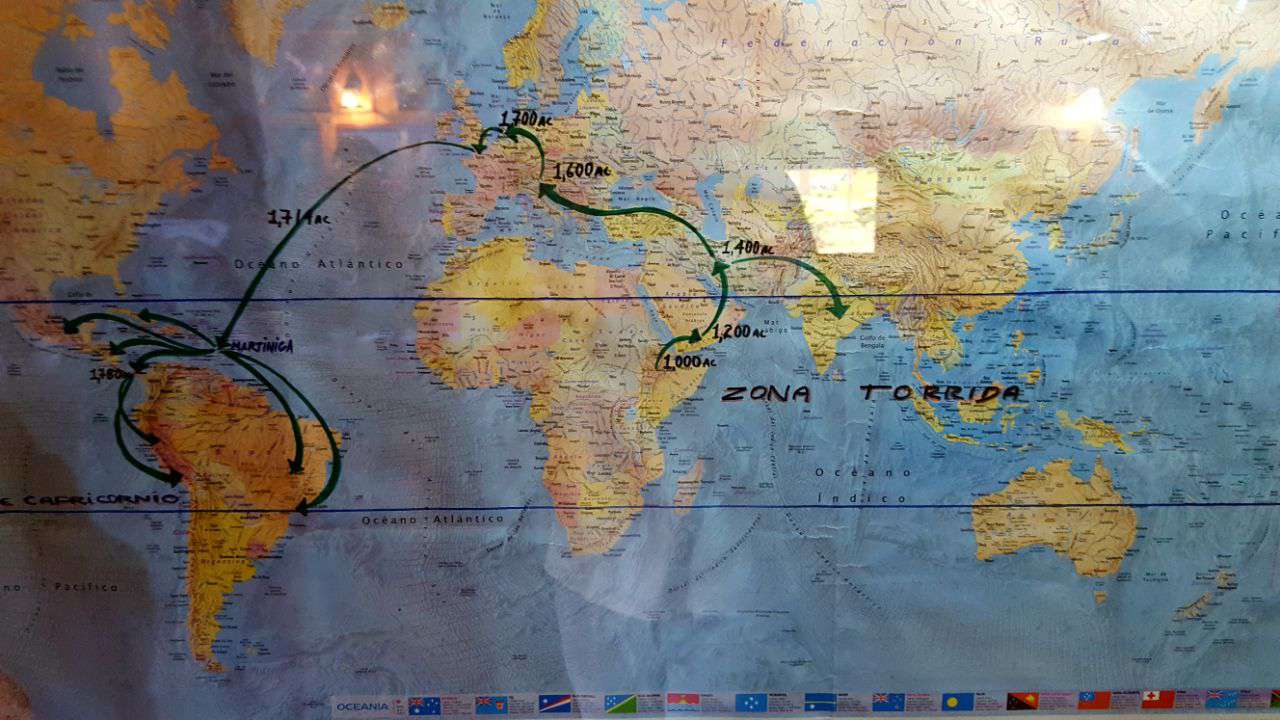
We could go on forever with all this, and we learned all of this in 3.5 hours, unbelievable.
Now we'll end the day comfortably with Chiriqui Craft Beer, it's already 5:41 pm here, soon time for bed 🤗
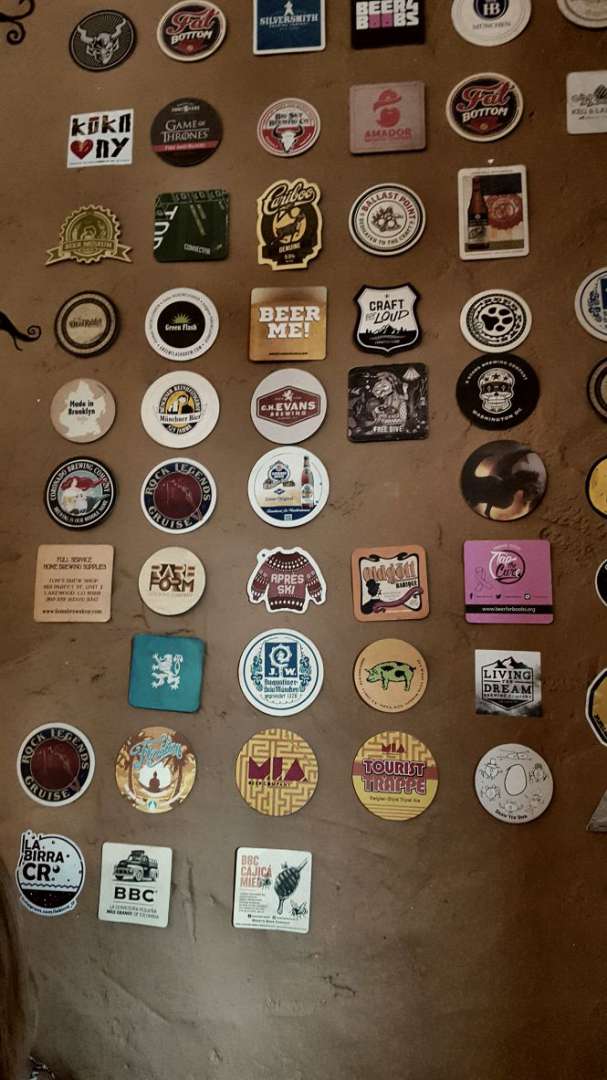
Wewandiise ku lupapula lw'amawulire
Okuddamu (1)
Benjamin
Zum Vertiefen für Interessierte ...
https://www.welt.de/icon/essen-und-trinken/article158870275/Der-teuerste-Kaffee-der-Welt-schmeckt-nicht-nach-Kaffee.html